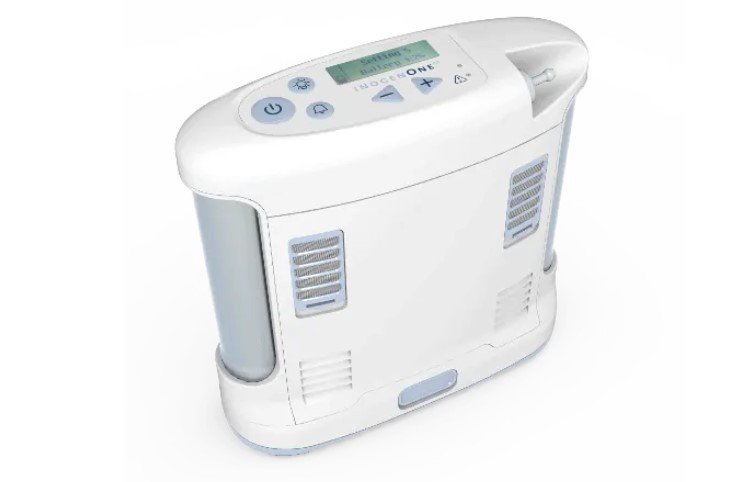Inogen is a portable oxygen concentrator that can be used to help those with lung conditions such as COPD, asthma, and pneumonia. Medicare Part B may cover the cost of the device if you have been diagnosed with one of these conditions. However, it’s important to understand what your coverage will be and how much you may have to pay out-of-pocket.

What Is Covered by Medicare?
Original Medicare does cover Inogen, but the beneficiary is responsible for the Part B deductible and a 20% copay. Medicare Part B generally covers 80% of the approved amount for durable medical equipment (DME) such as an Inogen portable oxygen concentrator. The remaining 20% coinsurance is the responsibility of the beneficiary. After 36 months, you will need to start paying full price for any new equipment or supplies needed.
What Is Not Covered by Medicare?
Medicare typically doesn’t cover the cost of purchasing supplemental oxygen equipment but will cover the monthly cost of renting the equipment. Additionally, some accessories may not be covered by Original Medicare, such as extra batteries or carrying cases for your Inogen device. You should check with your provider to make sure that all necessary accessories are covered before making a purchase.
What Are My Options If I Don’t Have Insurance Coverage?
If you don’t have insurance coverage or if your insurance plan doesn’t cover all of your costs related to an Inogen device, there are other options available to help offset some of these expenses. Some manufacturers offer payment plans or discounts on their products; you should contact them directly to find out more information about their programs and eligibility requirements. Additionally, several organizations provide financial assistance for those who need help paying for medical supplies and equipment; these organizations include The American Lung Association and The National Organization for Rare Disorders (NORD).
What Other Costs Should I Be Aware Of?
In addition to any costs associated with purchasing or renting an Inogen device, there are other costs that you should be aware of when considering this type of treatment option. These include:
- Oxygen refills: Depending on how often you use your device, you may need to refill your oxygen tanks regularly; this can add up quickly over time so it’s important to factor in this expense when budgeting for your treatment plan.
- Maintenance fees: Many providers charge a fee for regular maintenance and repairs on their devices; this fee can vary depending on the provider so it’s important to ask about this before signing up for service.
- Delivery fees: If you choose to rent an Inogen device from a provider rather than purchasing one outright, they may charge a delivery fee each month; again, it’s important to ask about this before signing up so that there are no surprises down the line.
- Insurance premiums: If you have insurance coverage through Medicare or another provider, there may be additional premiums associated with using an Inogen device; make sure that you understand what these premiums are before committing to any plan so that you know exactly what kind of out-of-pocket expenses you’ll be responsible for each month.
Conclusion
In conclusion, understanding how much Medicare pays for Inogen devices is essential when considering this type of treatment option as part of your overall healthcare plan. It’s important to know what is covered by Original Medicare as well as any additional costs associated with using an Inogen device so that you can budget accordingly and ensure that all necessary treatments are covered without breaking the bank!
FAQ
[faq-schema id=”3205″]

Comments